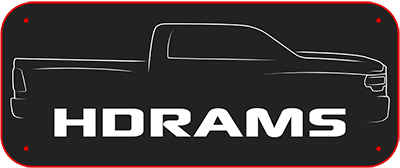I had a 2016 with the 68rfe and now I have a 2019 with the Aisin.
Without going into a technical report, here is my honest opinion between the two transmissions driving both unloaded on a day to day basis.
The 68rfe is a smoother shifting transmission than the Aisin, The Aisin shifts gears quite firmly.
Driving downhill the Aisin will hold its current gear, the 68rfe will not do as well unless you're on tow mode.
The exhaust brake works a lot better with the Aisin, no matter which mode you're in.
The Aisin will occasionally fall into a false neutral on a stop and go situation.
Torque management is more noticeable with the 68rfe than the Aisin.
With the Aisin it feels like you're driving a commercial truck, the 68rfe is a more civilized tranny.
Both are good transmissions, you already know the difference in torque availability of both (and price difference)...……. ultimately, the choice is yours


